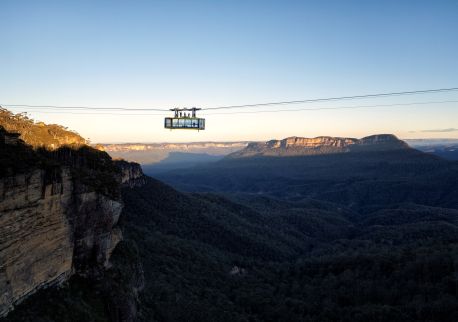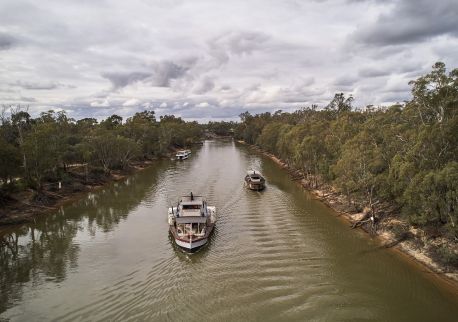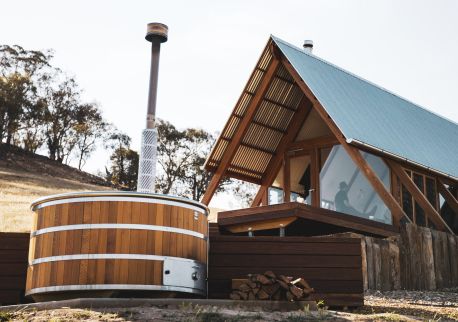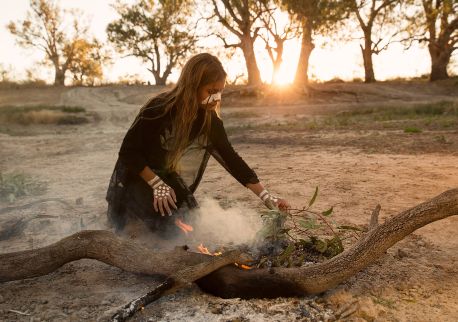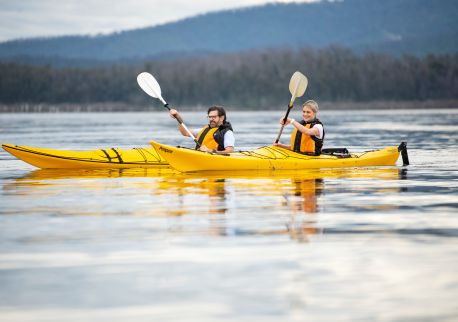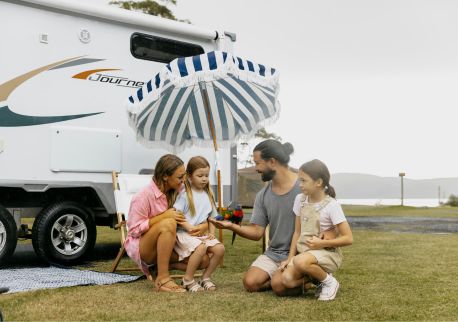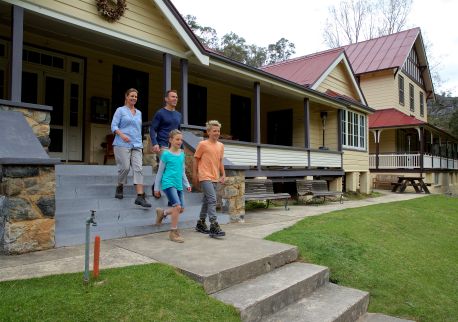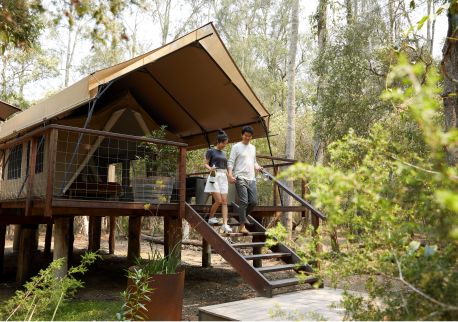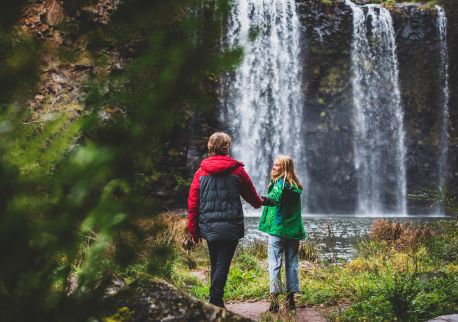Bago Maze and Wine
Highlights
Overview
Bago is a spectacular farm just a 30-minute drive into the hinterland from the coastal city of Port Macquarie. It is home to the iconic Bago Maze along with a charming vineyard and winery. They are a family-friendly venue with plenty of nature for the kids to run around in while adults indulge in their wine and produce.
With regularly changing treasure hunts, the hedge maze can entertain visitors of all ages for an entire morning or afternoon. They also create seasonal pop-up mazes in the surrounding fields which adds to the fun activities that can be experienced there.
Bago offers a relaxed and unpretentious approach to wine tasting and is perfect for those new to wine. Grab a tasting paddle, showcasing a selection of the estate-grown wine then relax in their extensive grounds to enjoy it at your leisure. Visitors can also enjoy a coffee or indulge in a cheese or meat platter, offering local produce from around the region.
Bago is the ideal place to visit for those seeking to include a hinterland experience in their coastal holiday.

